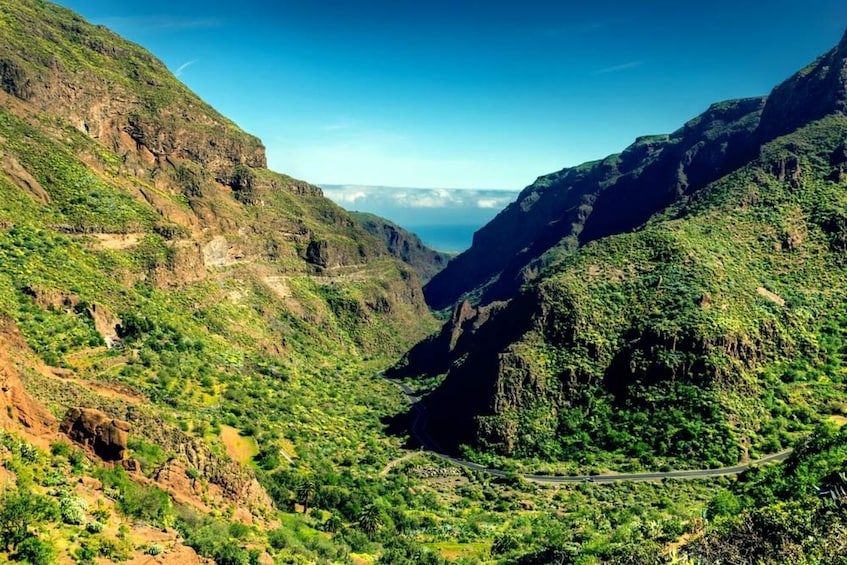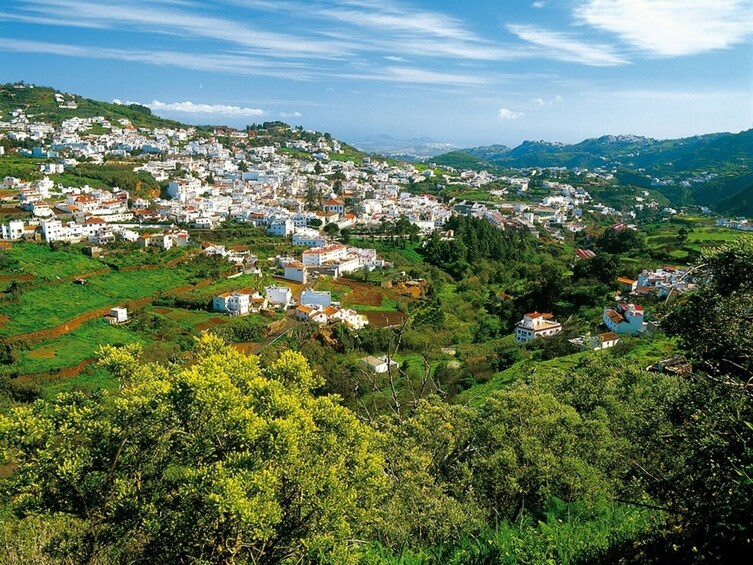Gran Canaria is much more than a destination to rest, sun and beach. An island full of contrasts with a rich and interesting history, from the pre-Hispanic times to the most recent past and the current and future challenges for its inhabitants. Hand in hand with our expert local guide, you will discover incredible protected natural landscapes, emblematic villages, local products, anecdotes, legends and realities of our island.
This is our proposal for visits and routes:
- Agüimes village stands out for being an ancient aboriginal settlement.
- Guayadeque: Declared a Natural Monument in 2000, the Guayadeque Valley is a magical place full of aboriginal soul, where you will discover its cave dwellings, settled by the first pre-Hispanic inhabitants and still in use today.
- We will pass through Arucas, famous for its local rum and banana cultivation.
- Villa detector: This beautiful village is where you will find the Basilica of Nuestra Sra, Del Pino the patron saint of the Canary Islands deanery as magnificent stately homes and palaces built in a Canarian style.
- Valleseco: Valleseco is characterised by its overflowing vegetation, and 80 percent of its territory is considered a Protected Natural Area. You will have free time to walk its streets and have lunch (not included in the price).
- Roque Nublo: We will stop at Roque Nublo, considered one of the largest natural crags in the world. This volcanic rock rises eighty metres above its base. It is of special significance for the islanders, even being an ancient place of worship for the Aborigines. The whole area around it was declared a protected natural area in 1987 and a rural park seven years later.
- Fataga: the village was known as the Valley of the Thousand Palm Trees, but we won't stop.
- Aloe vera property: Known as the miracle plant, more and more people in the Canary Islands are betting on its cultivation and commercialization. On this farm, we will learn about its uses and properties.
An essential day to feel our past, present and future as yours.




